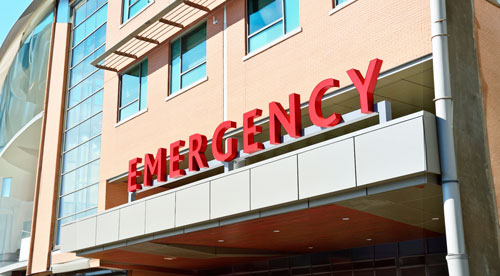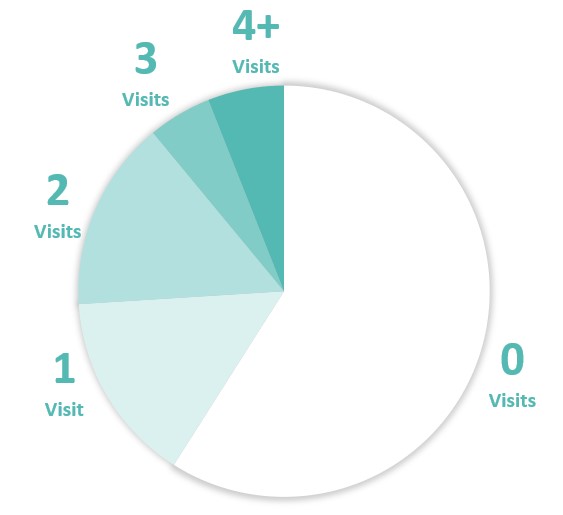
Pet Emergencies
At these vulnerable times, added stresses such as having the funds to cover an emergency vet visit is not something you’ll want to be dealing with. How prepared for an emergency with your pet are you? Do you know where your closest emergency vet is? Do you have emergency pet insurance?
The most important question you have to ask as a pet owner is what happens when there's an emergency:
1. Where is the closest 24/7 vet?
The first and most important thing here is to know and be prepared for is where is your closest vet and/or 24/7 emergency vet.
2. How are you going to get there?
Do you know it, and are prepared to get there at any time of the day or night. If you don't drive, what's the quickest taxi or Uber, or friend I have to call to get us there.
The next part is, do you know how are you going to pay for it?
One visit to the vet in an emergency can commonly have multiple vet procedure actions, you will be charged separately for all these things, a recent example of a dog swallowing something unknown;
- Emergency consult = $205
- Pathology (blood test) = $271
- Hospitalisation fees = $1060
- Medication = $123
Total = $1,659
This example doesn't include any surgery, ongoing medication, or follow up consult that is often required after a procedure.
Do you know the likelihood and cost of a pet emergency?
Vet visits per year
At least 41% of Australians have taken their pets to the vet at least once then within the last year.
Out of this 41% about 15% of taken a pet to the vet once.
Another 15% have taken their pet to the vet twice.
A surprising 5% have visited the vet at least three times.
6% have visited the vet even more than three times.

Vet bills per year

$600 per year
On average, pet owners incur approximately $600 annually in veterinary expenses. These expenditures, often covering preventative care such as vaccinations, can vary significantly based on the pet owner's age. Interestingly, there's a notable trend: the younger the pet owner, the higher the veterinary costs. For instance, Gen Z pet owners typically face veterinary bills averaging around $630 each year. In contrast, Baby Boomers generally experience slightly lower veterinary expenses, averaging about $548 annually. This variation in veterinary spending highlights the diverse approaches to pet care across different generations.
Although the average annual veterinary cost for a check-up or similar is relatively lower, it's common for most pet owners to encounter a vet bill exceeding $1,000 at least once. This indicates that, despite lower average expenses, significant veterinary bills are a frequent experience for a substantial number of pet parents. The frequency of these higher bills largely hinges on the pet's health status. While some pet owners might never face such steep expenses, others might find themselves dealing with them almost yearly, underscoring the variability in pet healthcare costs.
Common pet emergencies
In any pet emergency, the most important thing to do is to stay calm for your pet, assess the situation, and get to a vet as soon as possible.
Grass Seeds
While they might seem innocent, grass seeds can be the cause of an emergency if embedded in a pet's paw, ear, skin, or eye. The area around an embedded grass seed will be swollen and red,and your pet will be distracted, licking, or scratching it. If a seed gets in your pet’s eye, the eye will weep, if it’s in their paws they will limp, or if in their nose, they may repeatedly sneeze or have difficulty breathing. With the chance of permanent damage, an embedded grass seed constitutes as an emergency!
Choking
When an animal is choking, the item causing the blockage must be removed. If the airway is partially blocked, your pet may start retching, wheezing, or otherwise struggling and pawing at their mouth. If completely blocked, they won’t be able to make any sound. Gently restrain the animal to prevent as much movement as possible and look inside their mouth. If you can easily remove the object, do so. If not, quickly make your way to the nearest vet; doing anything else can cause severe damage.
Anaphylaxis
Anaphylactic shock occurs only a few minutes after exposure. In dogs, rather than the lungs being targeted and breathing difficulties occurring, it’s their liver that is affected, therefore symptoms of anaphylactic shock in dogs include excessive drooling, vomiting, shock, and seizure. In other animals, shock and seizure may also occur, alongside wheezing and breathing issues.
Broken bones
Accidents for pets can happen in many different ways. Broken bones often happen with pets that are fast runners, jumpers, or just have a weaker frame. A broken bone can incur significant costs as they involve multiple items for vets to implement. Hospitalisation, imaging, anaesthetic, surgery, post care, follow ups. Then there are often ongoing problems resulting from the imbalance of the injury. Broken bones can range from around $1,500 to well over $5,000 in costs.
Other Common Emergencies
Motor vehicle accidents, snake bites, animal attacks, and the consumption of toxic foods, plants, or inedible items are all classified as emergencies, too, and will be covered by Vets Choice. Like the above mentioned, it’s important to act calmly and quickly when dealing with such situations. Seek nearby help if you can, like asking a family member or neighbour.
Be ready for anything with pet insurance
What is included in Vets Choice coverage?
Both Vets Choice Pro and Elite insurance products offer accident and emergency pet insurance for the most common crises and all accidental injuries. With Vets Choice, you can focus solely on your pet’s care and keep the stress of payment out of your mind.
Check out the full list of exactly what Vets Choice insurance for pets covers here.